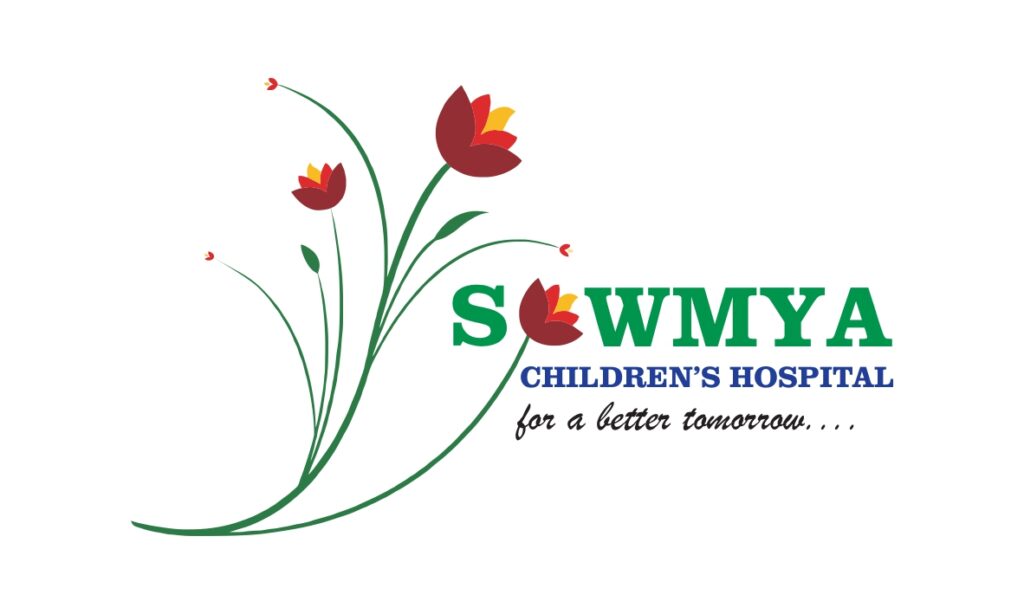Biliary atresia is a rare but serious liver condition in children. It affects the bile ducts, which help remove waste from the liver. When these ducts are blocked or missing, bile cannot flow out. As a result, liver damage can happen quickly. Early diagnosis and treatment for biliary atresia in infants are very important. This guide explains the signs of biliary atresia, its causes, how doctors diagnose it, and the best treatment options.
What is Biliary Atresia?
Biliary atresia is a disease that blocks or destroys the bile ducts in babies. Because of this, bile builds up in the liver. Over time, this can cause liver damage and scarring. Although it is rare, biliary atresia is the most common reason for liver transplants in children. According to the CDC, about 1 in 10,000 to 15,000 babies are born with this condition each year.
Symptoms of Biliary Atresia in Children
Early signs of biliary atresia often appear within the first two months of life. However, these symptoms can look like other common baby problems. Still, it is important to watch for the following:
Because these signs of biliary atresia can be mistaken for other issues, parents should talk to a doctor if they notice them. Early action can improve treatment results.
Causes and Risk Factors
Doctors do not know the exact cause of biliary atresia in infants. However, some possible factors include:
Although any baby can be affected, some studies suggest a slightly higher risk in girls and in certain regions. Still, there is no clear way to prevent it. According to the World Health Organization, more research is needed to fully understand why biliary atresia happens.
How is Biliary Atresia Diagnosed?
Doctors use several steps to diagnose biliary atresia in children. First, they check the baby’s symptoms and medical history. Next, they may order tests such as:
Because early diagnosis is key, parents should seek care if they notice signs of biliary atresia. In many countries, newborn screening programs help find this condition sooner.
Treatment Options for Biliary Atresia
Treatment for biliary atresia in children usually starts with surgery. The most common surgery is called the Kasai procedure. In this operation, doctors create a new way for bile to drain from the liver. Although this can help, some children may still need a liver transplant later. Other treatments may include:
In some places, such as the United States and India, advanced care for biliary atresia is available at major children’s hospitals. Early treatment gives the best chance for a healthy life.
Living with Biliary Atresia: Guidance for Families
After treatment, children with biliary atresia need regular medical care. Families should watch for signs of infection, poor growth, or changes in stool color. With support, many children can live active lives. Helpful tips include:
Because every child is different, ongoing care is important. Many families find comfort in connecting with others facing similar challenges.
Prevention and Outlook
At this time, there is no known way to prevent biliary atresia in infants. However, early diagnosis and treatment can greatly improve outcomes. According to medical journals, children who receive timely care often have better growth and fewer complications. Although some may need a liver transplant, many go on to lead healthy lives. Ongoing research continues to look for new ways to help children with this condition.
For personalized guidance on biliary atresia, consult a pediatric specialist.

